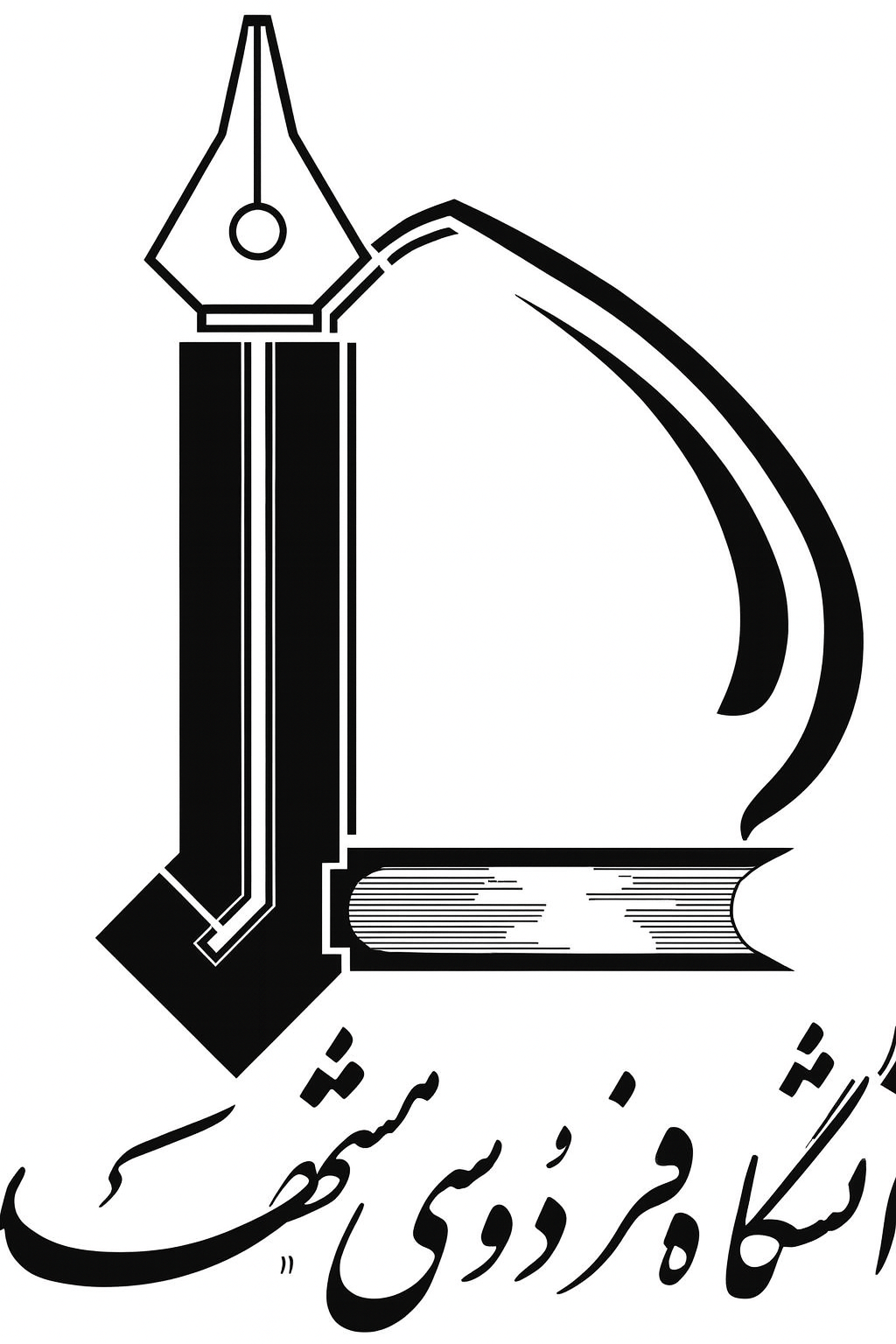Title : ( Evaluating the impact of Monascus purpureus pigment supplementation in the diet on growth performance, fillet color, hemolymph composition, and stress resistance in narrow clawed crayfish (Pontastacus leptodactylus) )
Authors: Omid Safari , Fatemeh Davoudi Sefidkohi , Marina Paolucci , Najmeh Gord Noshahri ,Abstract
A 63-day experiment was conducted to assess the impact of using eight levels of Monascus purpureus pigment (0, 25, 50, 75, 100, 150, 200, and 300 mg Kg-1) along with a commercial pigment, astaxanthin (Lucantin® Pink; 150 mg Kg-1) in the diet on the growth performance, fillet quality, and hemolymph biochemical indices of juvenile crayfish (4.71±0.23 g) at three replicates. Increment in the supplemented levels of Monascus pigment (50-300 mg Kg-1) in the diet of crayfish showed significant increases in most growth and feed efficiency indices when compared with the control and astaxanthin diet (p<0.05). The highest final weight (24.35 g), protein efficiency ratio (PER) (3.13), and protein productive value (PPV) (58.38%) observed in the crayfish fed the diet containing 200 mg Kg-1 monascus pigment (p<0.05). The highest levels of phenoloxidase, superoxide dismutase, lysozyme, and nitric oxide synthase were measured in the hemolymph of crayfish fed the diet containing 200 mg Kg-1 Monascus pigment (p<0.05). The evaluation of fillet color quality showed that crayfish fed the diet containing 300 mg Kg-1 of Monascus pigment had the highest values for the a* and b* indices (p<0.05). The optimum dietary levels of Monascus pigment on final weight, specific growth rate, and feed conversion ratio of crayfish based on the broken line regression model were 225.6, 227.1, and 228.4 mg Kg-1, respectively. The results of the present study showed that the use of Monascus pigment at levels of 225 to 230 mg Kg-1 can have a positive effect on growth performance, fillet color quality, and immune responses of tested crayfish. Further studies are recommended to investigate the use of Monascus pigment in the diets of other aquatic species, particularly crustaceans, to determine optimal inclusion levels and evaluate potential benefits.
Keywords
, Pontastacus leptodactylus, Monascus, Pigment, Fillet color, Growth performance@article{paperid:1103073,
author = {Safari, Omid and Fatemeh Davoudi Sefidkohi and Marina Paolucci and Najmeh Gord Noshahri},
title = {Evaluating the impact of Monascus purpureus pigment supplementation in the diet on growth performance, fillet color, hemolymph composition, and stress resistance in narrow clawed crayfish (Pontastacus leptodactylus)},
journal = {Aquaculture International},
year = {2025},
volume = {33},
number = {1},
month = {May},
issn = {0967-6120},
pages = {335--360},
numpages = {25},
keywords = {Pontastacus leptodactylus; Monascus; Pigment; Fillet color; Growth performance},
}
%0 Journal Article
%T Evaluating the impact of Monascus purpureus pigment supplementation in the diet on growth performance, fillet color, hemolymph composition, and stress resistance in narrow clawed crayfish (Pontastacus leptodactylus)
%A Safari, Omid
%A Fatemeh Davoudi Sefidkohi
%A Marina Paolucci
%A Najmeh Gord Noshahri
%J Aquaculture International
%@ 0967-6120
%D 2025


